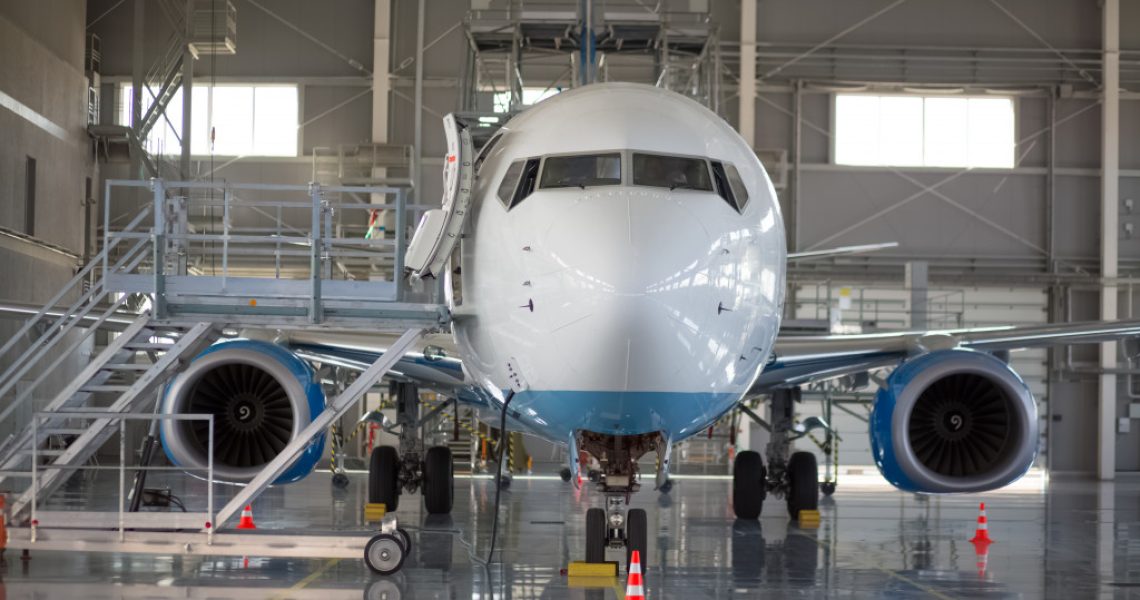• Hypersonic travel technology could reduce travel time from New York to London to 1 hour.
• Electric and hybrid aircraft with battery-powered electric motors, aiming to reduce greenhouse gas emissions.
• 3D Printing allows for faster prototyping, lighter parts, and streamlined supply chain processes.
• AI-driven autonomous systems are used for improved safety, efficiency, and performance in aircraft operation.
• Aircraft maintenance technologies like pitot static testers, thermal imaging cameras, ultrasonic NDT, and predictive maintenance software for increased safety and cost savings.
Are you ready to go on a thrilling journey into the future of aerospace technology? Prepare to be amazed as you’ll explore a few of the most innovative advances taking flight. From revolutionizing travel times to reducing environmental impact, these new technologies will impact lives in various ways. As a business leader or young professional aspiring to push boundaries, consider this your sneak peek into the next generation of aerospace endeavors. Read on to learn more.
Hypersonic Travel
What if you could travel from New York to London in just an hour? This may soon be a reality with hypersonic travel technology. Mach 5 (five times the speed of sound) surely sounds like something straight out of a science-fiction movie, but companies like SpaceX and Boeing are working to make it a reality.
Combining cutting-edge engine designs with lightweight materials, hypersonic vehicles will drastically reduce travel times and make it much easier for people to traverse the globe. This could disrupt various industries, like tourism and cargo transportation, as these advancements erase distance barriers in trade and travel.
Electric and Hybrid Aircraft
Environmental concerns have become increasingly significant over the past few years, putting pressure on the aerospace industry to find ways to reduce its carbon footprint. Electric and hybrid aircraft are emerging as promising solutions to address this issue.
These new aircraft designs can significantly reduce greenhouse gas emissions by replacing some or all of the traditional jet fuel powering planes with battery-powered electric motors. Companies like Airbus, NASA, and Rolls-Royce are all working on various electric and hybrid aircraft projects with the goal of making air travel more sustainable for future generations.
3D Printing

In an industry where precision and efficiency are crucial, 3D Printing has emerged as a valuable tool in aerospace manufacturing. Companies like GE Aerospace and Lockheed Martin use 3D Printing to create parts with complex geometries and lightweight designs that would be nearly impossible to achieve through traditional manufacturing methods.
By reducing the weight of aircraft components, manufacturers can improve fuel efficiency and reduce greenhouse gas emissions. Additionally, 3D Printing allows for quick prototyping and streamlined supply chain processes, leading to faster production times and lower costs.
Artificial Intelligence (AI) and Autonomy
As AI technology advances, so too does the potential for autonomous aircraft to change the landscape of aviation. Autonomous systems integrated with AI have the potential to improve safety, efficiency, and performance in various elements of aircraft operation.
This includes piloting, air-traffic management, and maintenance. AI-driven systems can assist pilots by analyzing flight conditions and offering real-time guidance to optimize flight paths and avoid turbulence. Moreover, autonomous flight technology could potentially reshape the air cargo industry by facilitating delivery services to even more remote locations.
Aircraft Maintenance Technologies

Advancements in aircraft maintenance are helping to reduce costs and improve safety. Big companies are using technologies to identify potential faults in aircraft parts before they become an issue. Here are the technologies they’re utilizing:
Pitot Static Testers
Investing in pitot static testers helps ensure that the airspeed data being received from aircraft is accurate and reliable. This helps save money by reducing the need for aircraft to make costly detours or even emergency landings.
Thermal Imaging Cameras
Thermal imaging cameras enable technicians to identify areas where heat is escaping from an aircraft, which can indicate potential problems with the engine or other components. This technology offers a way to proactively fix issues and reduce unscheduled maintenance.
Ultrasonic Non-Destructive Testing (NDT)
With ultrasonic NDT, technicians can check the integrity of aircraft parts without having to take them apart. This helps identify potential cracks in metal components as well as other issues that can often go unnoticed.
Predictive Maintenance Software
Using sensors and connected systems, predictive maintenance software offers operators the ability to monitor and analyze data in real time. This provides technicians with invaluable insights into how an aircraft is performing, allowing them to anticipate potential problems before they arise.
By utilizing the best aircraft maintenance technologies, you can ensure that you’re getting the most out of your aircraft, both in terms of safety and cost savings.
It is clear that aerospace technology is advancing rapidly, which will surely revolutionize the industry in many ways. From hypersonic travel reducing flight times to aircraft maintenance technologies, it’s exciting to think of how much more technology can do. As business leaders or aspiring professionals looking ahead toward what’s next, consider investing your time into exploring these advances so you can be ready when they take flight!

